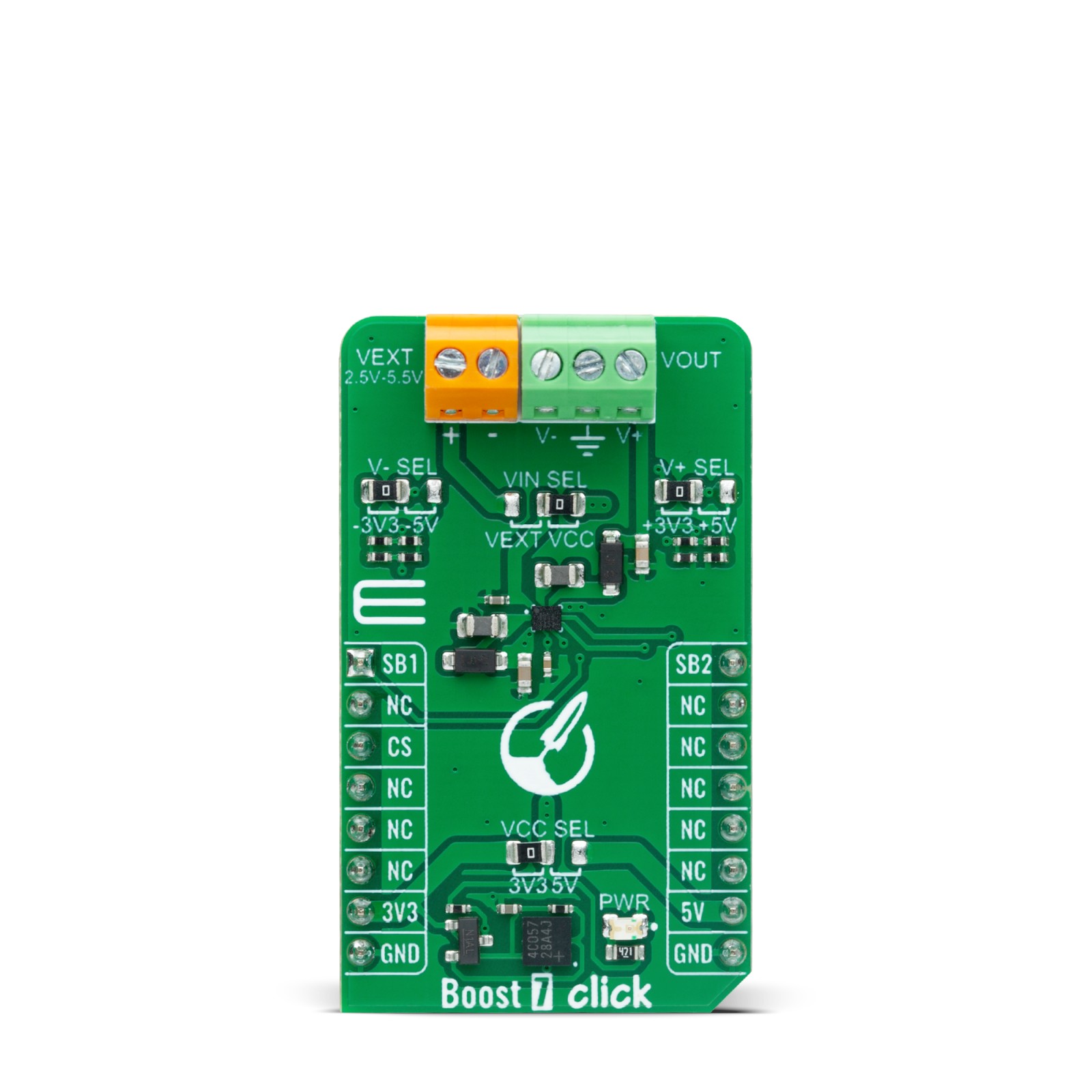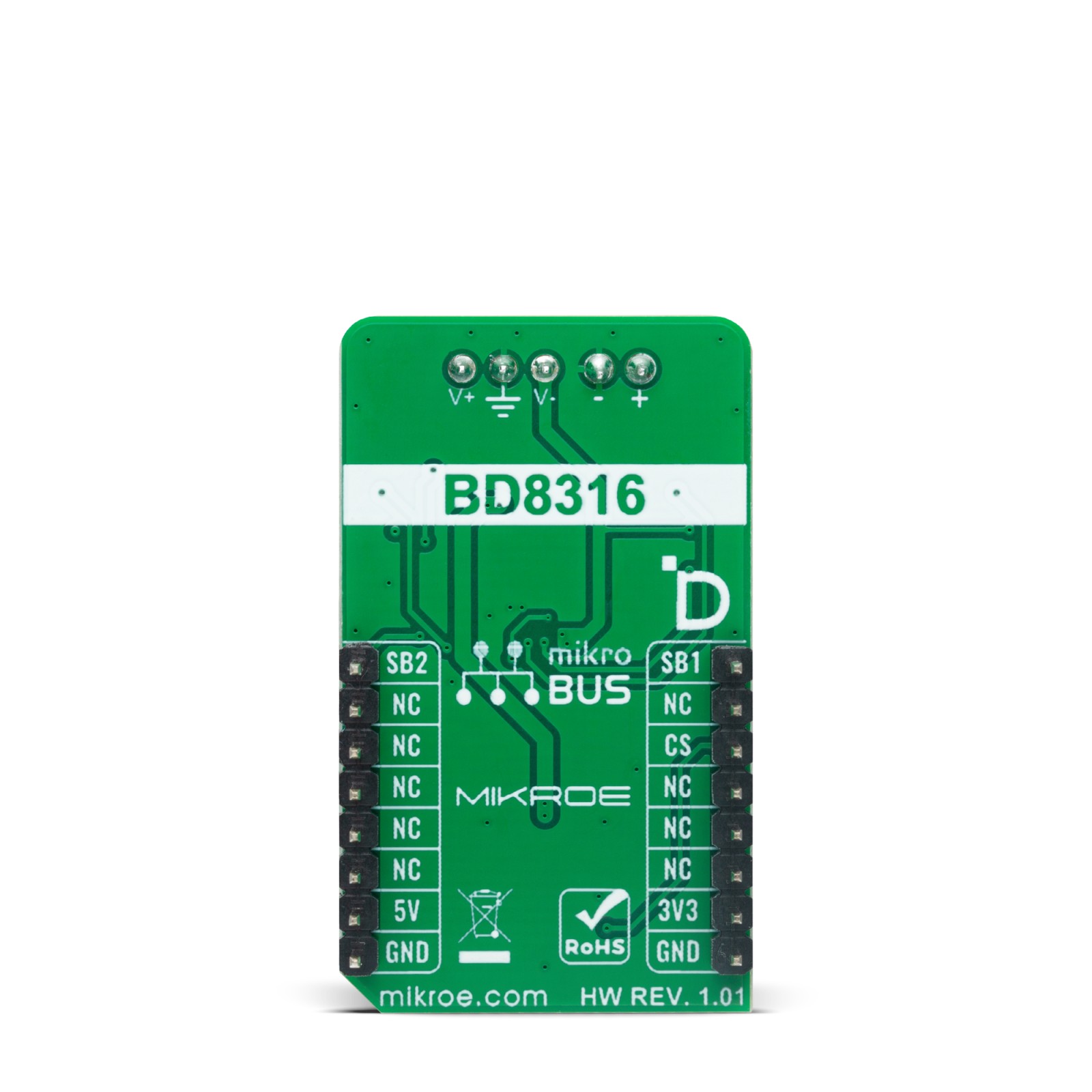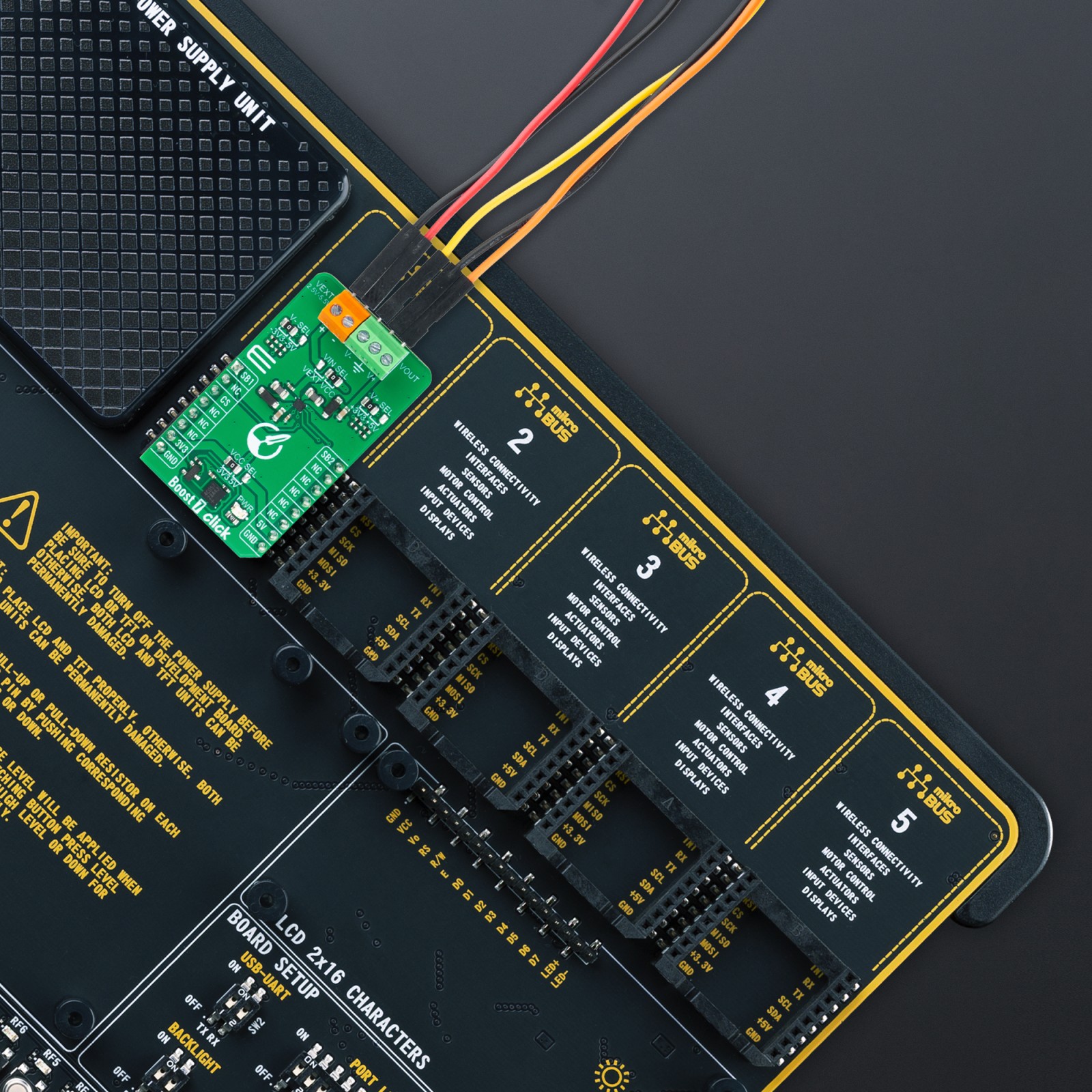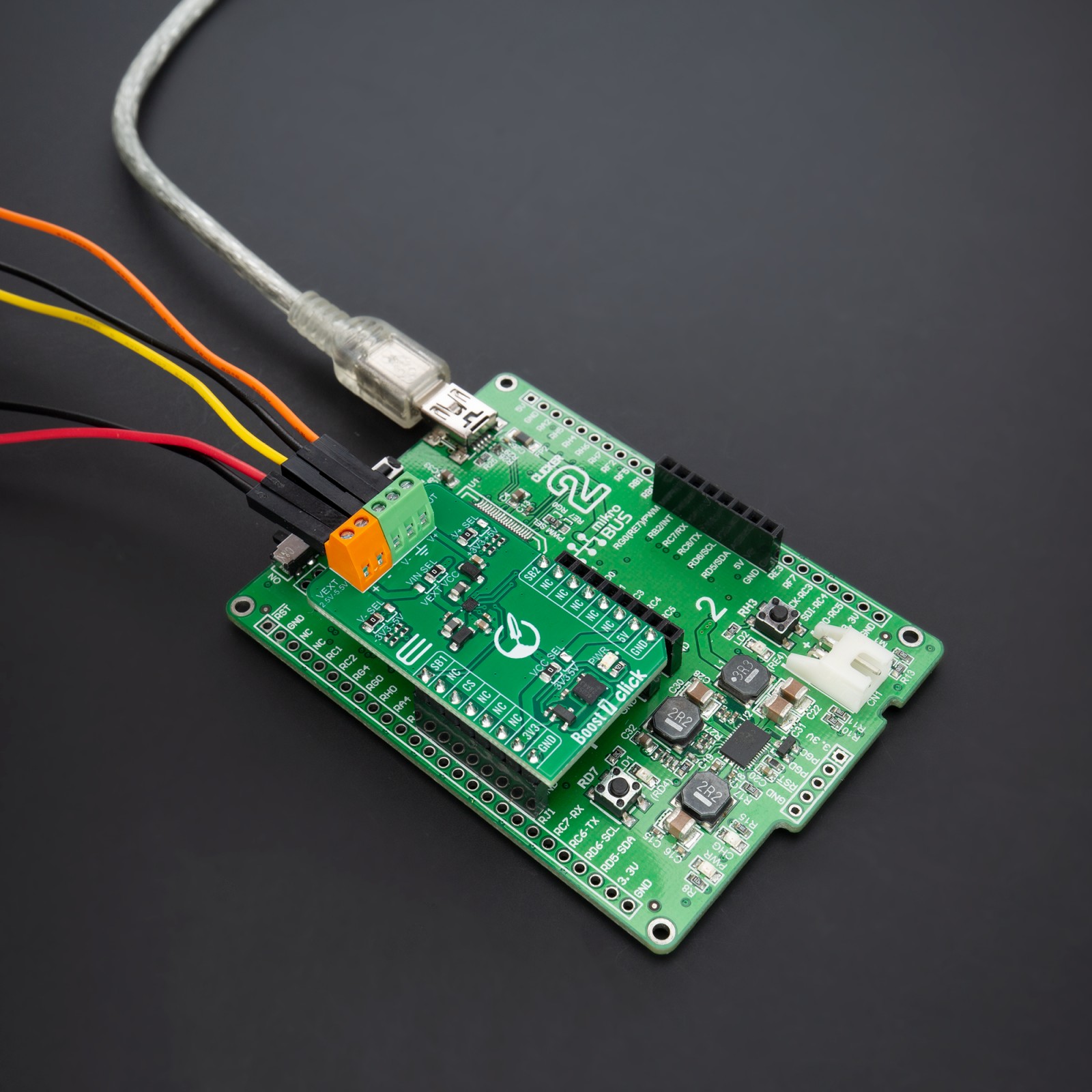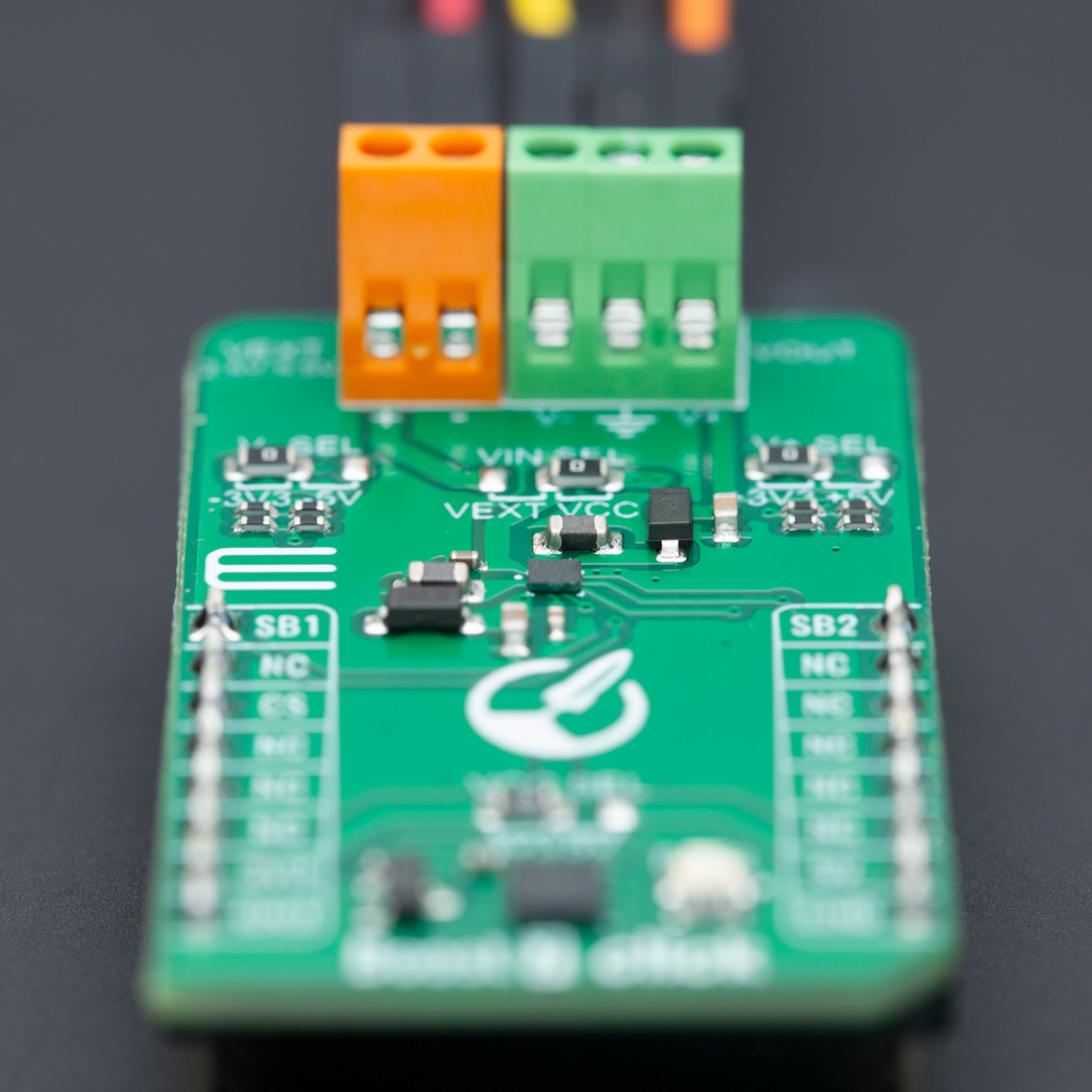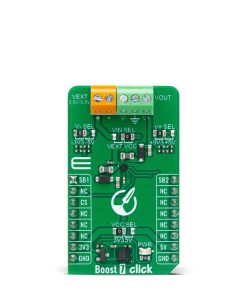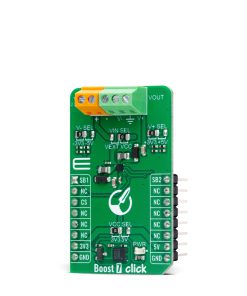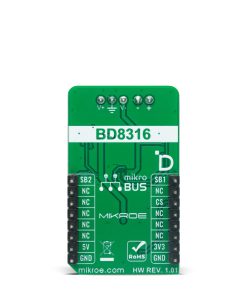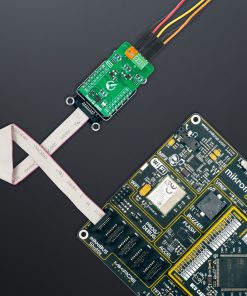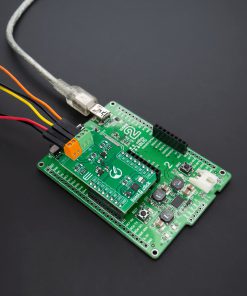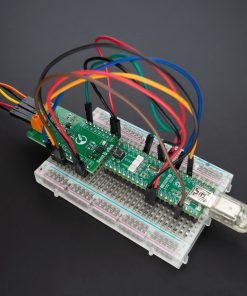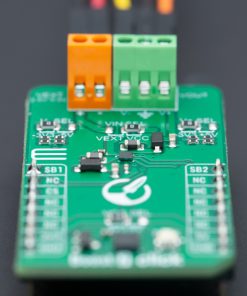-
×
 Alcohol 3 Click
1 ×
Alcohol 3 Click
1 × R710.00R639.00 -
×
 DAC Click
2 ×
DAC Click
2 × R410.00R369.00 -
×
 microSD Click
3 ×
microSD Click
3 × R355.00R319.50 -
×
 MPU 9DOF Click
1 × R550.00
MPU 9DOF Click
1 × R550.00 -
×
 BEE Click
2 ×
BEE Click
2 × R800.00R720.00 -
×
 RTC 2 Click
1 ×
RTC 2 Click
1 × R465.00R418.50 -
×
 DIGI POT Click
2 ×
DIGI POT Click
2 × R370.00R333.00 -
×
 BUZZ Click
1 × R115.00
BUZZ Click
1 × R115.00 -
×
 EXPAND Click
1 ×
EXPAND Click
1 × R260.00R234.00 -
×
 tRF Click
1 ×
tRF Click
1 × R1,050.00R945.00 -
×
 GSM Click
1 ×
GSM Click
1 × R1,050.00R945.00 -
×
 LPG Click
1 ×
LPG Click
1 × R335.00R301.50 -
×
 Accel Click
1 ×
Accel Click
1 × R355.00R319.50
Subtotal: R8,270.00

